Stablecoins are no longer just tools for traders — they’ve become the foundation of the modern crypto ecosystem. Whether you’re swapping tokens, earning yield, or bridging to traditional finance, stablecoins are at the center of it all.
This article breaks down how stablecoins work, what risks they carry, and what investors on RateEx42 should pay attention to.
What Are Stablecoins?
Stablecoins are cryptocurrencies designed to maintain a stable value, most commonly pegged to fiat currencies like the US dollar or euro. Their core value lies in stability, liquidity, and interoperability within DeFi and centralized exchanges.
There are three main types of stablecoins:
1. Fiat-Backed Stablecoins
Backed by cash or short-term government bonds held by a centralized entity.
- Examples: USDT (Tether), USDC (Circle), EURC (Euro Coin)
- Pros: High liquidity, widely accepted
- Cons: Centralized, dependent on reserve transparency
2. Crypto-Collateralized Stablecoins
Backed by overcollateralized crypto assets like ETH, locked in smart contracts.
- Example: DAI (MakerDAO)
- Pros: Decentralized, transparent reserves
- Cons: Volatility of underlying assets, complexity
3. Algorithmic or Hybrid Stablecoins
Use smart contracts to stabilize supply/demand, with or without partial collateral.
- Example: FRAX, (historically: Terra UST – failed)
- Pros: Capital efficiency
- Cons: Higher risk of depegging under stress
Why They Matter on RateEx42
Stablecoins are not just payment tools — they influence:
- Liquidity pools & trading pairs
- Collateralization in lending protocols
- Reward tokens & yield mechanisms
- Risk profiles of DeFi platforms
When analyzing tokens or DeFi projects on RateEx42, you should always ask:
Which stablecoin is integrated, and is it regulated or audited?
Risk Factors to Watch
- Depegging Risk: Even fiat-backed coins can lose their peg if trust or reserves fail
- Regulatory Pressure: MiCA (EU), U.S. legislation, and Asia’s frameworks increasingly demand reserve audits and licensing
- Centralization: Stablecoins like USDT and USDC depend on banks and regulators – and can be frozen
- Smart Contract Risks: For crypto-backed or algorithmic coins, bugs or attacks can trigger liquidations
Stablecoin Ratings Coming Soon to RateEx42
We’re working on integrating Stablecoin Risk Indicators into token listings, including:
- Reserve transparency
- Regulatory status
- Collateral structure
- Market share and liquidity
Conclusion
Stablecoins are more than digital cash — they’re infrastructure. Whether you’re trading, investing, or building in Web3, understanding which stablecoins a project uses — and how secure they are — is critical.
Stay informed. Compare risk. And check each listing on RateEx42 with a stablecoin lens.



